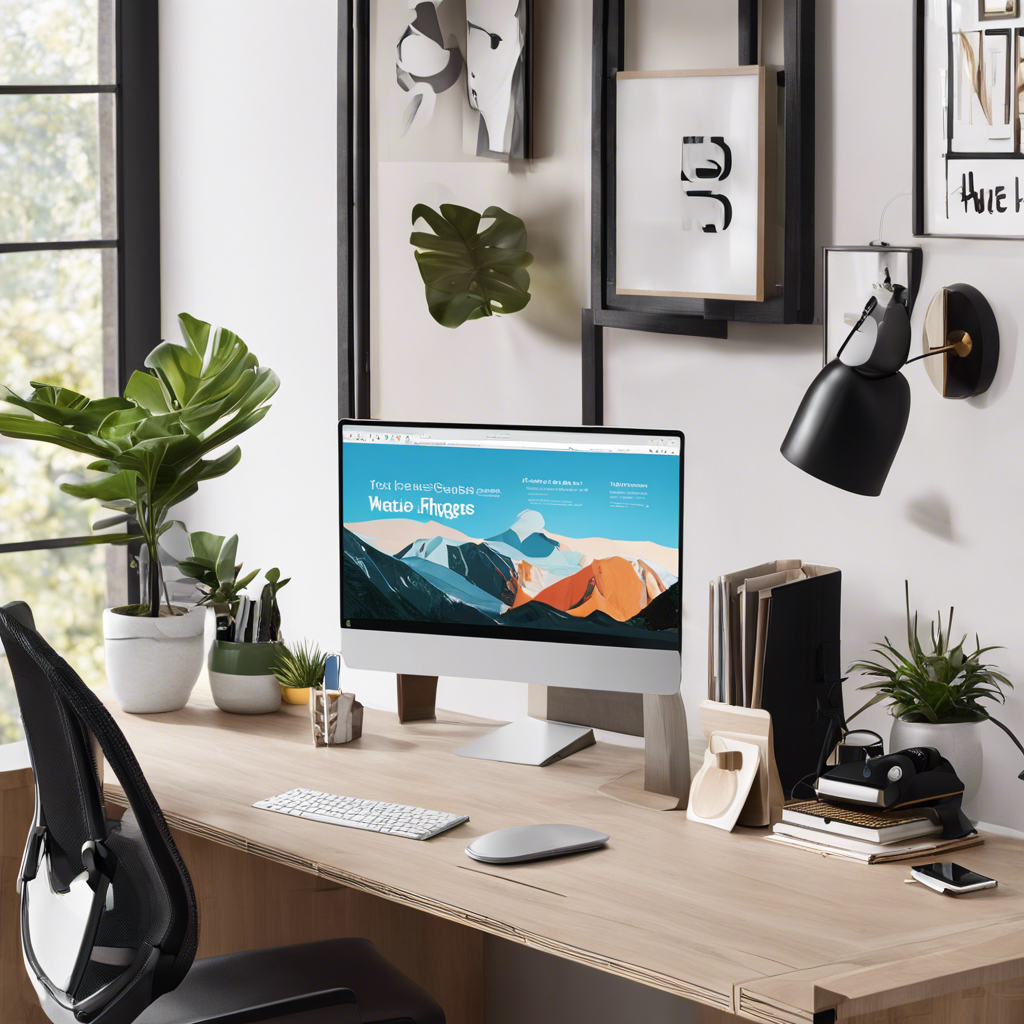Working from home has become the new normal for many professionals, and creating a productive and comfortable work environment is essential for staying focused and efficient. Here are some essential tech tips to help you set up a basic home office that supports your work and fits your unique needs.
Choose the Right Space
The first step is to select the right area for your home office. Ideally, choose a quiet, dedicated room or area where you can set up a permanent workspace. Natural light and fresh air are crucial, so consider a room with windows that you can open. If space is limited, be creative! You can convert a guest bedroom, utilize a nook under the stairs, or partition off a section of a larger room to create a semi-private office.
Invest in Basic Essentials
Start by investing in essential furniture and equipment. This includes a comfortable and ergonomic chair to support your back and posture, as well as a sturdy desk that suits your work needs. Ensure your desk is the right height for your computer or laptop, with enough space for your keyboard, mouse, and any necessary paperwork or stationery. Additionally, consider purchasing a desk lamp to provide task lighting and reduce eye strain, especially if your room has limited natural light.
Tech and Connectivity
Reliable technology and connectivity are non-negotiable for your home office. Ensure you have a stable internet connection and consider investing in backup options like a mobile hotspot or signal boosters if your primary connection is unstable. Upgrade your computer or laptop if it’s slow or outdated, and don’t forget peripherals like a printer, scanner, or external hard drive if your work requires them.
Organize Your Cables
A tangle of cables under your desk is both unsightly and dangerous. Use cable ties or sleeves to neatly bundle and organize your wires, and label them to make identifying and troubleshooting tech issues easier. Consider using a surge protector power strip to protect your electronics and provide extra outlets for all your devices.
Video Conferencing Setup
With remote work, video conferencing has become a staple of daily communication. Ensure your setup includes a good webcam and microphone to ensure clear and professional-looking calls. Position your camera at eye level and angle it slightly downward to achieve a flattering and natural-looking angle. Use lighting or a ring light to ensure your face is well-lit and consider a virtual background or a neat physical backdrop to maintain privacy and a professional image.
Storage Solutions
Develop a system for organizing paperwork and office supplies. Utilize shelves, file cabinets, or storage bins to keep everything accessible and tidy. Label shelves and create a color-coded or alphabetical filing system to quickly find what you need.
Personalize Your Space
Incorporate elements that inspire and motivate you. Add artwork, plants, or personal mementos to make your home office a welcoming and positive space. Research has shown that natural elements like plants can boost productivity and improve air quality, so bring the outdoors in!
Privacy and Noise Control
If you live with others or in a busy household, privacy and noise control are crucial. Sound-absorbing panels or a white noise machine can help reduce background noise and create a more peaceful environment for focus and concentration.
Take Breaks and Move
Lastly, remember to take breaks and move your body throughout the day. Set a timer to remind yourself to stand up, stretch, and walk around. This will help improve your focus, creativity, and overall well-being.
Setting up a basic home office is an individual process, and you may need to adjust and refine your space over time. The key is to create a functional and comfortable environment that enables you to do your best work and balances your professional and personal life harmoniously.
